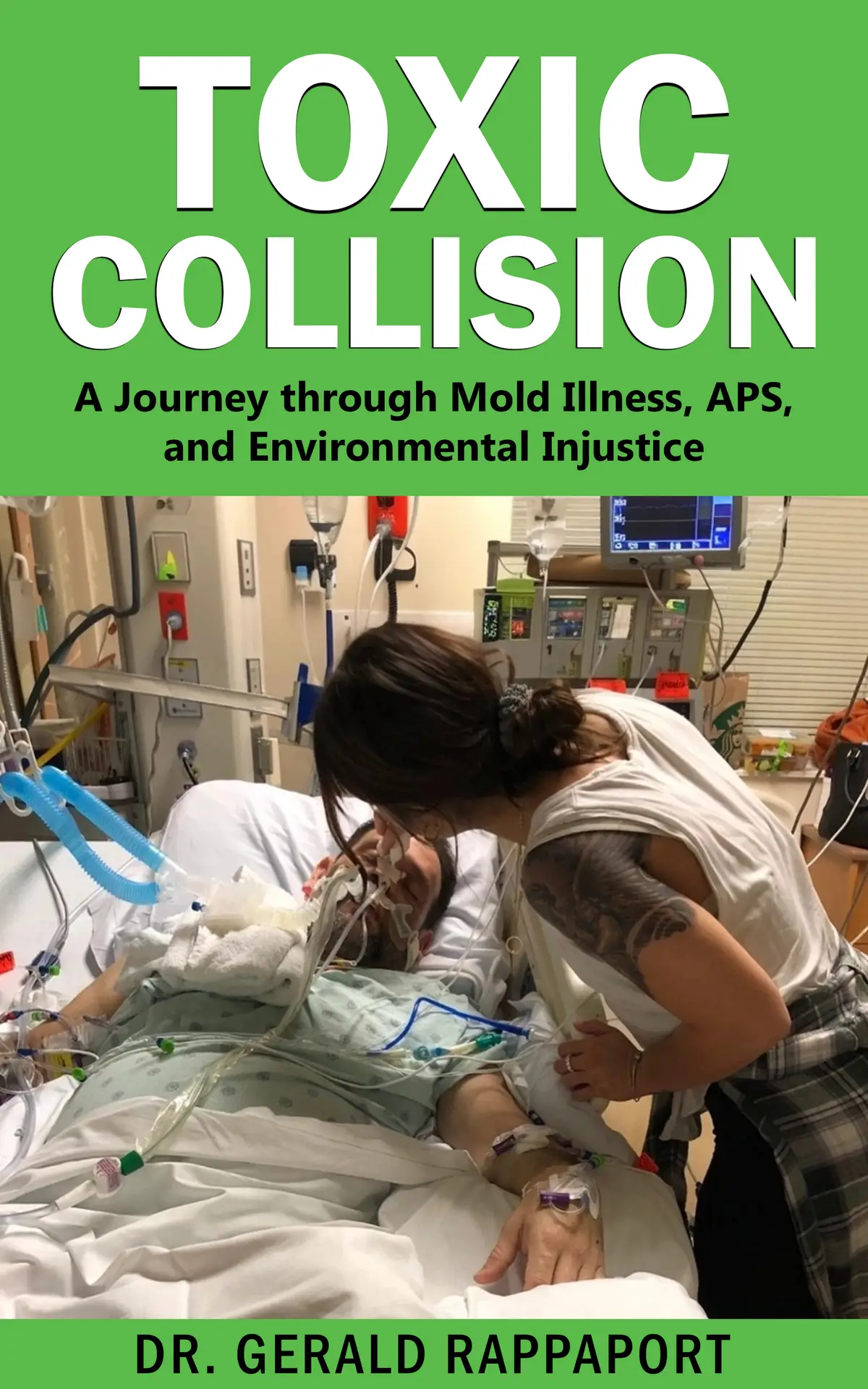Mold Illness Law: The Complexities of Toxic Tort Law and Mold Exclusions
Mold illness law is an evolving and contentious area of toxic tort litigation, with significant hurdles for plaintiffs seeking justice for mold-related health conditions. Despite growing medical evidence linking mold exposure to a variety of chronic health issues, legal claims are often dismissed due to mold exclusions in insurance policies, lack of regulatory standards, and general skepticism within the medical-legal community. One of the most egregious oversights in this field is the failure to account for house dust mite (HDM) allergy and oxidative stress, both of which play crucial roles in mold-related illness.
Understanding Toxic Tort Law in Mold Cases
Toxic tort law allows individuals to seek compensation for illnesses caused by exposure to toxic substances, including mold-produced mycotoxins. However, proving causation in these cases is notoriously difficult due to the following challenges:
- Lack of Federal Standards – Unlike asbestos, which has clear regulatory exposure limits, mold exposure lacks federal safety thresholds. This absence of clear guidelines makes it easy for defendants to argue that exposure levels were not hazardous.
- Causation Barriers – Many courts require plaintiffs to demonstrate a clear link between their specific mold exposure and their medical condition. Because symptoms of mold illness—such as fatigue, cognitive dysfunction, and respiratory issues—overlap with other conditions, defense experts frequently argue alternative causes.
- Scientific Skepticism – Despite mounting research on mycotoxins, volatile organic compounds (VOCs), and immune dysregulation triggered by mold, many courts still rely on outdated or biased medical opinions dismissing mold illness as psychosomatic or exaggerated.
- Mold Exclusions in Insurance Policies – Many property and renters’ insurance policies contain explicit mold exclusions, preventing policyholders from recovering damages for remediation or health effects. Without insurance coverage, many victims are left without financial means to pursue legal recourse.
The Medical-Legal Community’s Critical Oversight: House Dust Mites and Oxidative Stress
One of the most glaring failures in the medical-legal understanding of mold illness is the complete disregard for house dust mite (HDM) allergy and oxidative stress, both of which amplify the effects of mold exposure.
House Dust Mite Allergy: A Missing Piece in Mold Cases
House dust mites thrive in the same damp environments as mold, yet they are rarely considered in legal or medical evaluations of mold illness. The synergy between dust mites and mold is significant because:
- HDM Allergies Worsen Mold Symptoms – Individuals sensitized to dust mites experience heightened inflammatory responses when exposed to mold spores, compounding respiratory and immune dysfunction.
- Shared Indoor Environments – Homes and workplaces with mold growth almost always harbor elevated dust mite populations, creating a cumulative exposure effect that is ignored in litigation.
- Diagnostic Negligence – Many physicians fail to test for HDM allergies when evaluating mold-exposed patients, leading to misdiagnoses and case dismissals in court.
Oxidative Stress and Systemic Inflammation: The Overlooked Biochemical Damage
Another critical but ignored factor in mold illness litigation is oxidative stress—a process where toxic mold exposure depletes the body’s ability to neutralize free radicals, leading to widespread cellular damage.
- Mycotoxins Increase Oxidative Stress – Mold toxins such as ochratoxin and trichothecenes impair mitochondrial function, exacerbating chronic fatigue, neuroinflammation, and immune suppression.
- Legal and Medical Communities Overlook Oxidative Biomarkers – Despite available testing for oxidative stress markers (e.g., glutathione depletion, lipid peroxidation), these indicators are almost never used as evidence in court.
- Failure to Recognize Mold as a Catalyst for Chronic Disease – By ignoring oxidative stress, courts dismiss mold-related health claims as nonspecific or unrelated to exposure, perpetuating wrongful case outcomes.
The Path Forward: Reforming Mold Illness Law
To achieve fair legal outcomes for mold-exposed individuals, the following reforms are essential:
- Recognition of Synergistic Allergens – Courts and medical experts must acknowledge the combined impact of mold and house dust mites, requiring comprehensive environmental testing in mold illness cases.
- Incorporation of Oxidative Stress Evidence – Toxic tort attorneys must push for the inclusion of oxidative biomarkers and mitochondrial dysfunction data in litigation to establish the systemic impact of mold exposure.
- Reversing the Mold Exclusion Trend – Advocacy groups and policy reformers must challenge the legality of broad mold exclusions in insurance policies that deny coverage for medically valid claims.
- Mandatory Medical Education on Mold Illness – Physicians and forensic experts involved in legal cases should receive updated training on mold-related immunotoxicity, mycotoxin exposure, and the role of oxidative stress in chronic illness.
Conclusion
Mold illness law remains deeply flawed, with toxic tort litigation stacked against affected individuals due to scientific ignorance, legal loopholes, and systemic bias. The failure to consider house dust mite allergies and oxidative stress in mold-related cases has resulted in countless wrongful case dismissals, denied insurance claims, and unnecessary suffering for those experiencing the devastating health effects of mold exposure. Without major legal and medical reforms, mold illness victims will continue to be denied justice, reinforcing the urgent need for change in both legal frameworks and medical practice.


